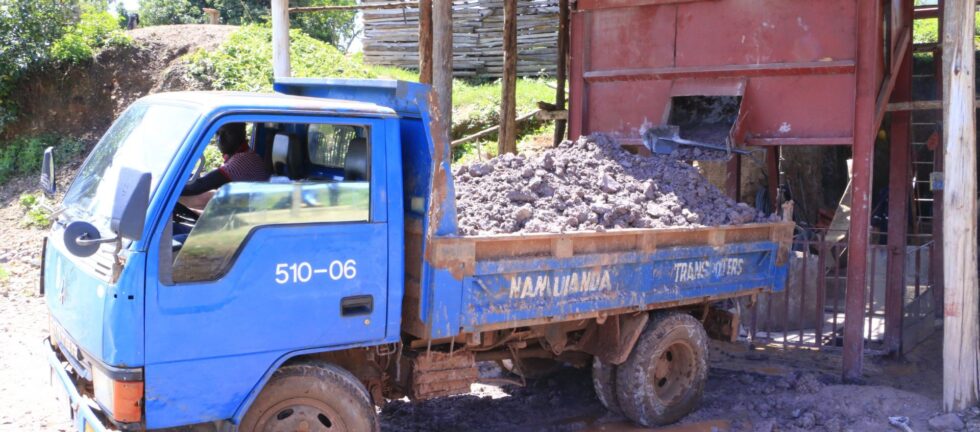1. Enforcing Environmental Impact Assessments (EIAs)
Before any mining activity begins, comprehensive Environmental Impact Assessments must be conducted and approved. These assessments help identify potential environmental risks and guide the implementation of proper mitigation measures. In Uganda, the National Environmental Management Authority (NEMA) plays a key role in ensuring compliance.
2. Promoting Land Rehabilitation and Reforestation
After mining operations, companies must restore mined land by filling pits, stabilizing soil, and planting native vegetation or trees. Rehabilitated land can be repurposed for agriculture, grazing, or forestry, helping communities regain lost environmental and economic value.
3. Controlling Water Pollution
Mining can pollute rivers and groundwater through tailings, mercury, and chemical runoff. Companies should use lined tailing dams, proper waste storage, and water treatment systems. Community-based water monitoring and education can also support cleaner water systems in mining zones.
4. Minimizing the Use of Toxic Chemicals
Uganda’s small-scale miners often use mercury and cyanide to process gold, which severely harms ecosystems. Promoting mercury-free technologies, such as gravity separation or borax, helps reduce chemical pollution and protect the health of miners and communities.
5. Managing Waste Responsibly
Proper disposal and management of mine waste—including tailings, slag, and overburden—is essential to prevent land and water contamination. This includes separating hazardous and non-hazardous waste, using waste containment structures, and following strict disposal guidelines.
6. Encouraging Responsible Mining Practices
Training miners—especially artisanal and small-scale miners—in environmentally friendly methods reduces damage to the land. This includes responsible site selection, controlled blasting, minimal vegetation clearance, and using manual or low-impact tools where possible.
7. Strengthening Environmental Regulations and Monitoring
Government agencies must actively enforce environmental laws and regularly monitor mining sites. This includes conducting frequent inspections, imposing penalties for non-compliance, and working with local communities to report illegal or harmful practices.
Conclusion
Preserving the environment in mining areas requires a collaborative approach—balancing mineral development with ecological responsibility. In Uganda, integrating these best practices into both large-scale and small-scale mining operations will help protect natural resources, safeguard public health, and ensure sustainable development for future generations.


